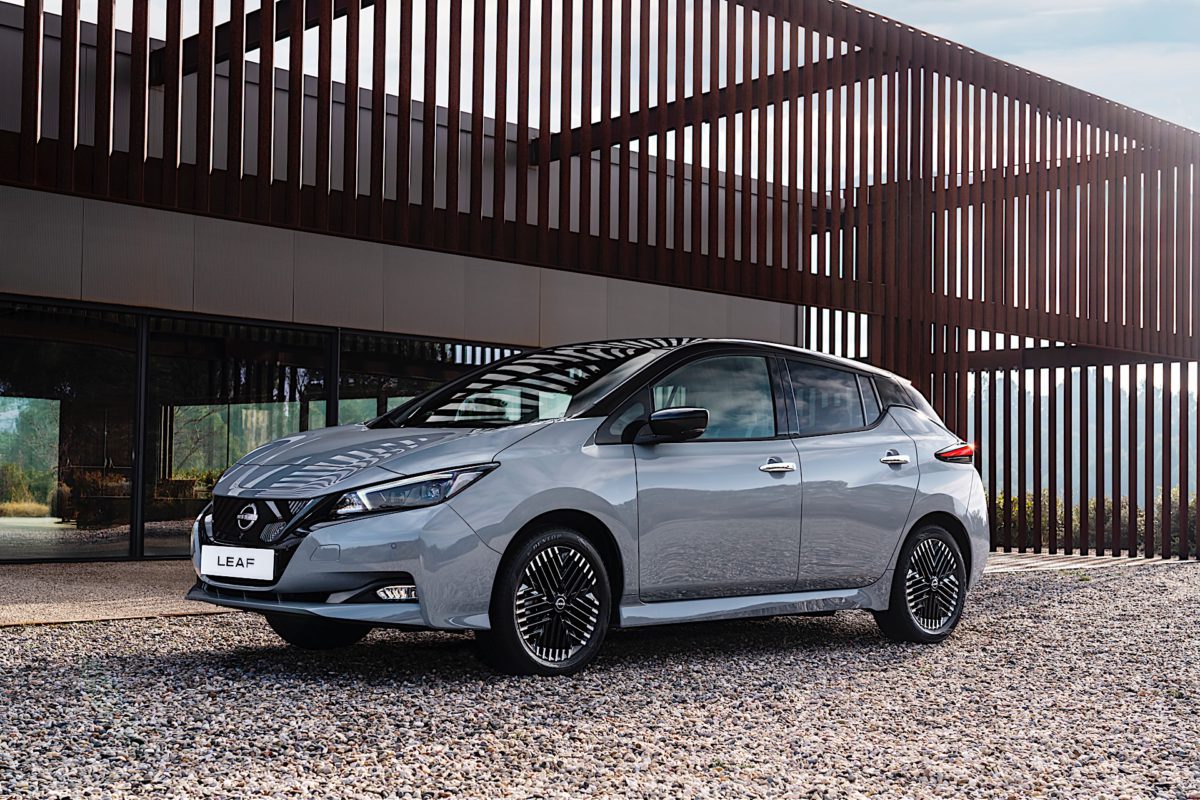Nissan has been selling its e-Power series hybrid system for a few years now. Initially available only in Asia, it will arrive in Europe this year on the new Qashqai. This latest version has been tuned specifically for the European market and is the second version of this system. It uses a 156-hp 1.5-liter VC-Turbo three-cylinder as a generator creating electricity for a small lithium-ion battery. That energy created is then fed to an electric motor with 188 hp and 250 lb-ft of torque.
In other markets, e-Power is available on the Kicks and Note where a 1.2-liter naturally-aspirated three-cylinder engine acts as a generator, the latter of which was the first to get the system in 2017. Those two vehicles use an electric motor with anywhere from 114 to 131 hp and 190 to 220 lb-ft as their main propulsion system. Certain versions like the Note Aura are available with AWD, adding a second electric motor on the rear axle with roughly 67 hp and 74 lb-ft for extra traction.
The VC-Turbo engine can change its compression ratio based on the needs of the car. It can vary between 8:1 to 14:1 via an actuator that alters the length of the piston stroke. The 1.5-liter VC-Turbo three-cylinder follows the more powerful 2.0-liter unit found in the Infiniti QX50, QX55, and the U.S. market Nissan Altima. However, the smaller unit has been optimized specifically with electrified applications in mind.
Since the engine doesn’t turn the wheels, the driving experience is similar to that of a pure battery-electric vehicle. You get instant acceleration when you need it. The energy management control unit used in the e-Power system also enables the engine generator to send power directly to the electric motor via an inverter, maximizing high-speed and high-acceleration performance. This bolsters the energy coming from the battery, giving the electric motor more power to use. Engineers at the Nissan Technical Centre Europe even created a system called “Linear Tune,” which increases the engine’s sound based on the car’s energy demands. This is likely done via creating artificial noises and projecting them via the audio system.
During deceleration and braking, kinetic energy is recaptured to replenish the battery’s charge levels. The Qashqai e-Power will also be the first Nissan hybrid in Europe to get the e-Pedal system, enabling one-pedal driving. That means you can accelerate and slow down using only the accelerator pedal. When slowing down with e-Pedal active, the Qashqai will brake at 0.2g, which is enough to turn on the brake lights. Unlike in BEVs like the Leaf and Ariya, you can’t come to a complete stop. Nissan’s hybrids with e-Pedal will only come to a crawl, meaning you need to step on the brake pedal to bring the car to a halt.
Nissan says that it is bringing its e-Power series hybrid system to Europe because its research revealed that 70% of European crossover consumers drive mainly in urban and suburban areas. This type of hybrid system shines in these situations because the gas engine doesn’t have to run as often, maximizing efficiency. This also gives drivers the experience of a BEV while retaining the convenience of an internal combustion engine, making it a great transition technology.
We’re not likely to see the e-Power system in any Nissan vehicle sold in North America anytime soon. Since most consumers do a lot of highway driving here, parallel and power-split hybrids are better suited for our roads. The system that’s most likely to come to our shores is the new multi-modal unit that Nissan revealed on the Juke Hybrid last week. The Rogue and next-generation Kicks could be among the first to get that system with the former utilizing the 1.5-liter VC-Turbo engine as its foundation.
